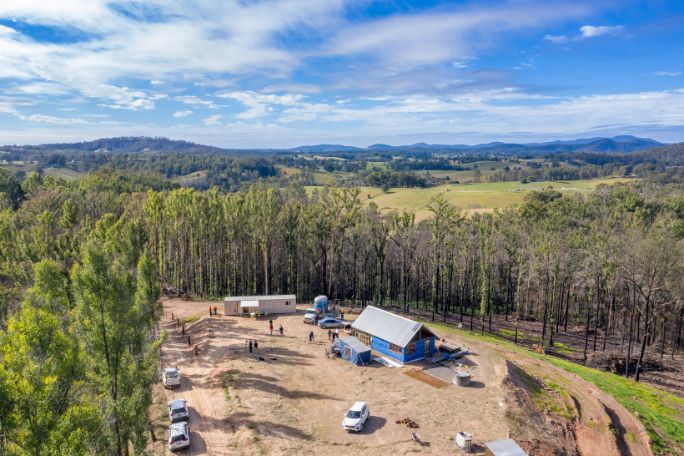Lesson summary
Students explore why many people live in hazard-prone areas and choose to rebuild in the wake of a natural hazard. Students will reflect on why they live where they live and investigate data to identify the resilience of their own local area in the face of a natural hazard.
Learning intentions:
Students will...
- understand some of the reasons people live in disaster-prone areas
- identify the resilience of their own local area in the face of a natural disaster.
Success criteria:
Students can...
- list the reasons why they live in a place
- analyse data on the natural hazard risk of their local area.
Lesson guides and printables
Curriculum links
Select your curriculum from the options below.
Lesson details
Curriculum mapping
Australian Curriculum content descriptions:
Year 7 Geography:
- Causes, impacts and responses to an atmospheric or hydrological hazard (ACHGK042).
- Factors that influence the decisions people make about where to live and their perceptions of the liveability of places (ACHGK043).
Year 8 Geography:
- Causes, impacts and responses to a geomorphological hazard (ACHGK053).
- Spiritual, aesthetic and cultural value of landscapes and landforms for people, including Aboriginal and Torres Strait Islander Peoples (ACHGK049).
Syllabus outcomes: GE4-2, GE4-3, GE4-4, GE4-5.
General capabilities: Literacy, Critical and Creative Thinking, Personal and Social Capability.
Cross-curriculum priority: Sustainability.
Relevant parts of Year 7 Geography achievement standards:
Students describe geographical processes that influence the characteristics of places and how the characteristics of places are perceived and valued differently. They explain interconnections between people and places and environments and describe how these interconnections change places and environments.
Relevant parts of Year 8 Geography achievement standards:
Students explain geographical processes that influence the characteristics of places and explain how places are perceived and valued differently. They explain interconnections within environments and between people and places and explain how they change places and environments. They compare alternative strategies to a geographical challenge, taking into account environmental, economic and social factors.
Time required: 90 minutes.
Level of teacher scaffolding: Medium – facilitate small group work and class discussion.
Resources required
- A device capable of presenting a video to the class
- Student Worksheets – one copy per student
Skills
This lesson is designed to build students’ competencies in the following skills:
- Communication
- Community engagement
- Critical thinking
- Ethical understanding
- Collaboration
Additional info
We encourage you to undertake the free PD Course How to teach a unit on fire and flood resilience for tips on how to best deliver this lesson.
If you’re concerned about the challenging nature of these topics, consider the free PD Course How to approach trauma in the classroom for information on how best to support your students.


Welcome back!
Don't have an account yet?
Log in with:
Create your free Cool.org account.
Many of our resources are free, with an option to upgrade to Cool+ for premium content.
Already have an account?
Sign up with:
By signing up you accept Cool.org's Terms and Conditions(Opens in new tab) and Privacy Policy(Opens in new tab).